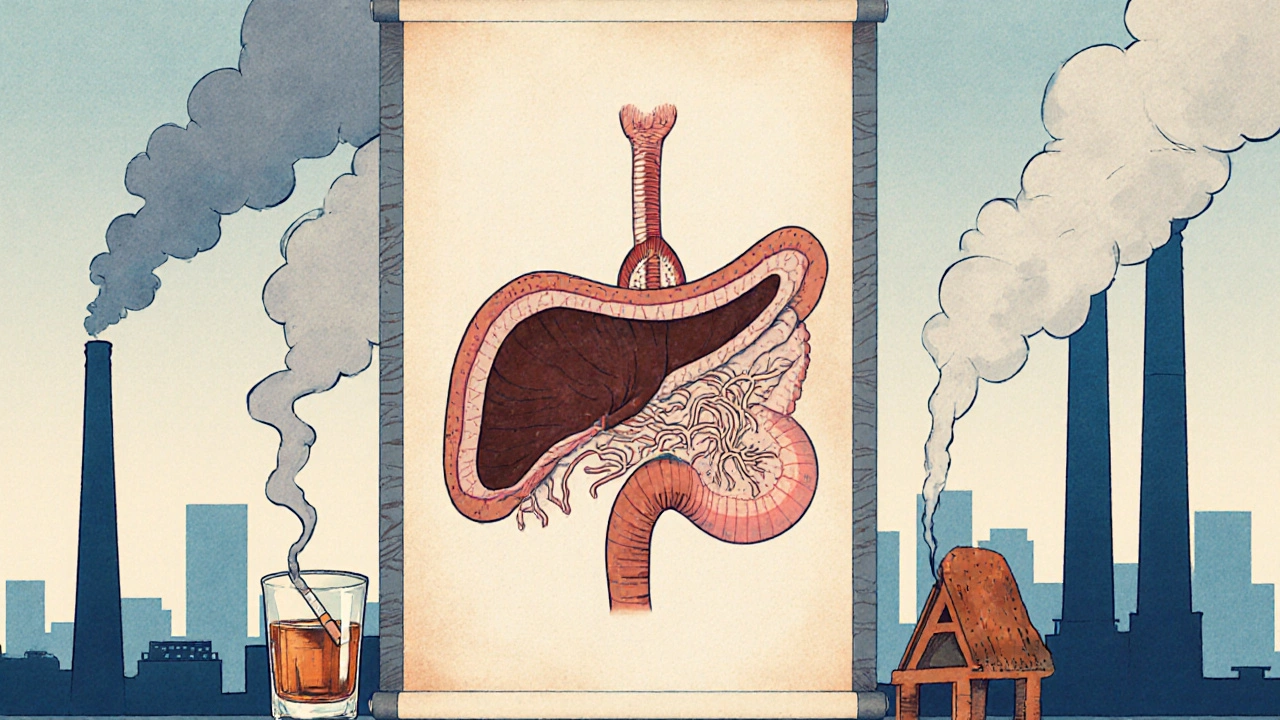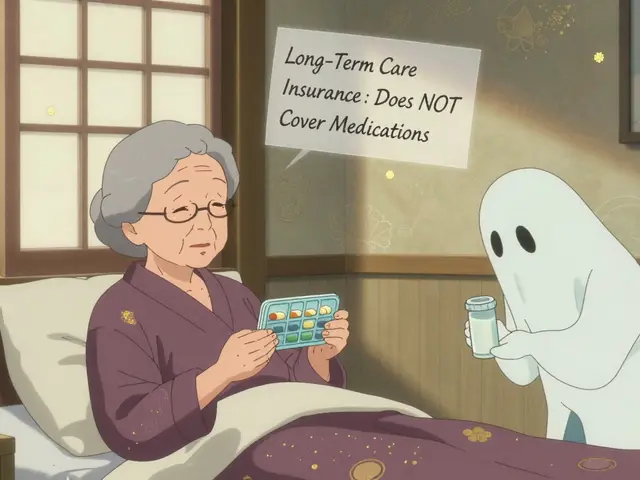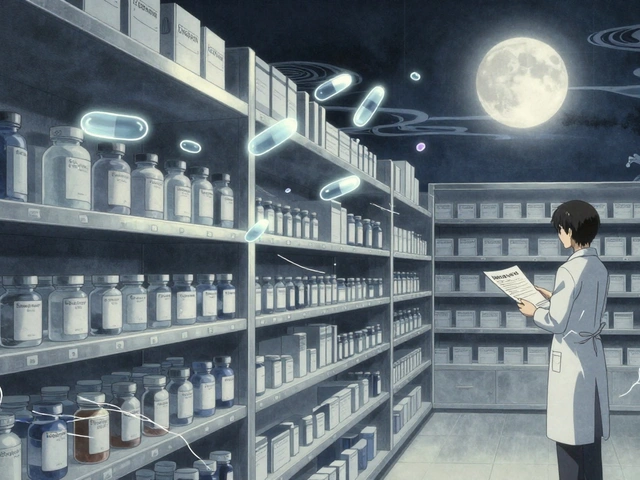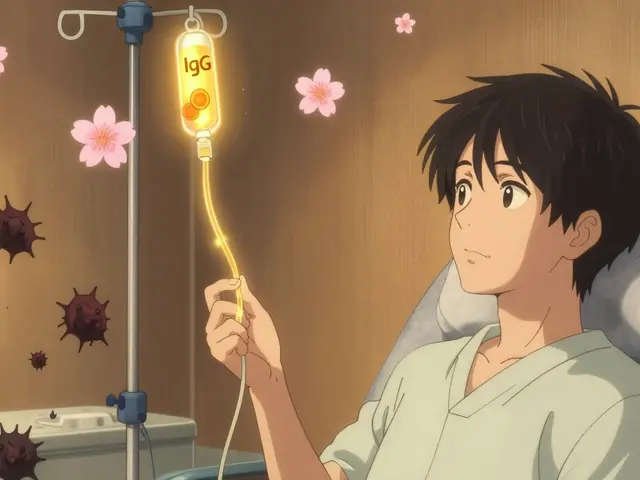Pollution and Cancer: How Environmental Toxins Increase Risk
When we talk about pollution and cancer, the connection between environmental contaminants and the development of malignant cells. Also known as environmental carcinogenesis, it’s not just about smoking or genetics—your surroundings play a direct role. Every year, millions of people worldwide are exposed to substances in the air, water, and soil that are proven to trigger or fuel cancer. This isn’t theoretical. The World Health Organization classifies outdoor air pollution as a Group 1 carcinogen—the same category as tobacco and asbestos.
Think about air pollution, a mix of harmful particles and gases released from vehicles, factories, and burning fuels. Tiny particles called PM2.5 can slip deep into your lungs and even enter your bloodstream. Studies show long-term exposure raises the risk of lung cancer, even in non-smokers. Then there’s chemical exposure, contact with industrial toxins like benzene, formaldehyde, or asbestos. These aren’t just factory worker problems—they show up in household products, contaminated groundwater, and even some building materials. Benzene, for example, is linked to leukemia. Asbestos? It causes mesothelioma, a rare and aggressive cancer tied almost exclusively to exposure.
carcinogens, substances that directly damage DNA and cause cells to grow uncontrollably. are everywhere, and not all are obvious. Some come from cooking food at high temps, others from pesticides on produce or heavy metals in drinking water. The real issue isn’t just one toxin—it’s the constant, low-dose cocktail most of us live with. Your body can handle small amounts, but over decades, that adds up. And for people with genetic risks or weakened immune systems, even minor exposure can tip the balance.
You won’t find a single cause for most cancers, but pollution is one of the few risk factors we can actually change. Reducing your exposure doesn’t mean moving to the wilderness—it means knowing what to watch for. Filtered water, air purifiers, avoiding idling cars, choosing non-toxic cleaners—these aren’t just trendy habits. They’re practical steps backed by science.
The posts below break down exactly how these connections work. You’ll find clear explanations on how toxins affect your cells, which pollutants are most dangerous, and what real data says about the risks. No fluff. No guesswork. Just facts you can use to protect yourself and your family.
Pancreatic Cancer and the Environment: Exploring the Link
Explore how smoking, diet, pollution, and other environmental factors influence pancreatic cancer risk and learn practical steps to lower your odds.






